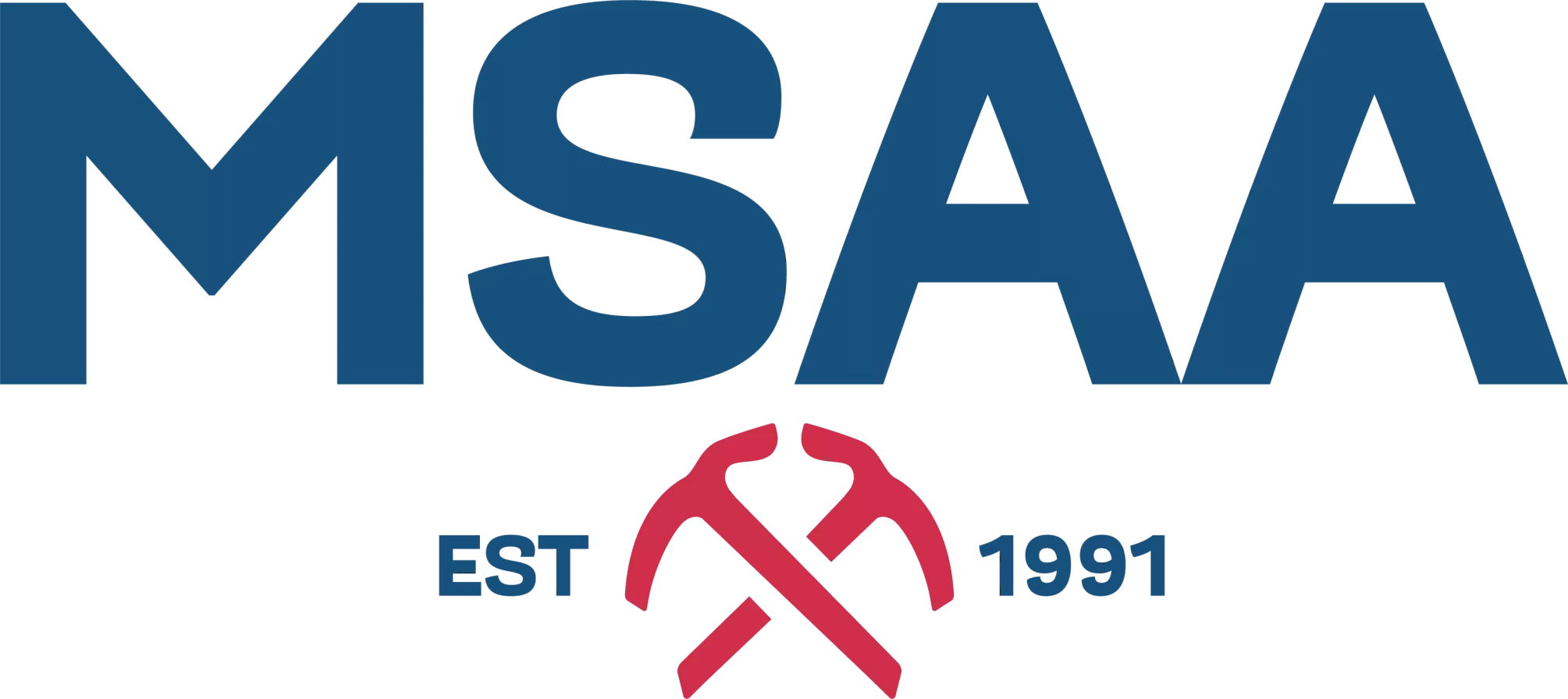An essential part of the backcountry skiing and riding routine – one that people often neglect – is tuning. Backcountry skis and splitboards spend a lot of their time skiing the best snow in powder conditions, so why would you head out with gear that’s in substandard shape? Well-tuned equipment comes with some healthy benefits when ski touring and splitboarding, but most of all, it just feels nicer when making turns. Especially in the fresh powder snow that we’re all seeking in the backcountry. To explain the best methods and choices for tuning for backcountry skiing and riding, Mountain Skills Academy & Adventures teamed up with Whistler-based Underground Tuning to bring you this video tutorial.
MSAA Tuning for the Backcountry from MSAA on Vimeo.
Living on the Edge
There’s a misconception that powder skis and boards don’t need sharp edges. But whether skiing in the resort or the backcountry, there will always come a time when you’ll wish you had that extra edge grip. Touring up wind-scoured, icy slope can be frustrating enough (and can be a valid safety concern), so avoid cursing at your gear and keep those edges in tip-top shape. Good grip will also be your saving grace when navigating exposed lines or entering couloirs.

Wax on, Wax Off
The benefits of a regular – and thorough – hot waxing can not be overstated. It improves glide over the snow but also helps deflect scrapes and other base damage. One caveat in backcountry applications, however, is that it can affect the glue of your climbing skins. One way this happens is with contamination. When scraping and brushing, it’s imperative that no wax particles remain on your bases. Any stray shavings will cling to your ski glue and effect its utility and life span. Another way is via glue dissolution. Certain waxes – particularly those for warmer weather and spring time temperatures – have chemical components than can dissolve the glue on your skins. Always use cold weather wax in the -20C range as these will glide sufficiently (even in the spring) and don’t have the chemicals that can dissolve your skin glue. Underground Tuning recommends using a high quality wax such as Nanox or Swix.

Waxing can be done at home with a few simple tools; a hot waxing iron, a scraper (don’t forget to keep it sharp) and a brush. If your bases have been neglected for a few months and have dried out, it’s probably worth bringing them into the shop for a base grind. For edges, a dedicated work bench with clamps is needed to make sure the tuning file does more good than harm. If the idea of taking to your edges with another sharp piece of metal sounds daunting, let the professionals handle it.
Underground Tuning tunes all of MSAA’s backcountry rental fleet by hand, so if you or a friend are renting gear from us, rest assured you’ll be sliding on the highest quality bases and edges in Whistler.
